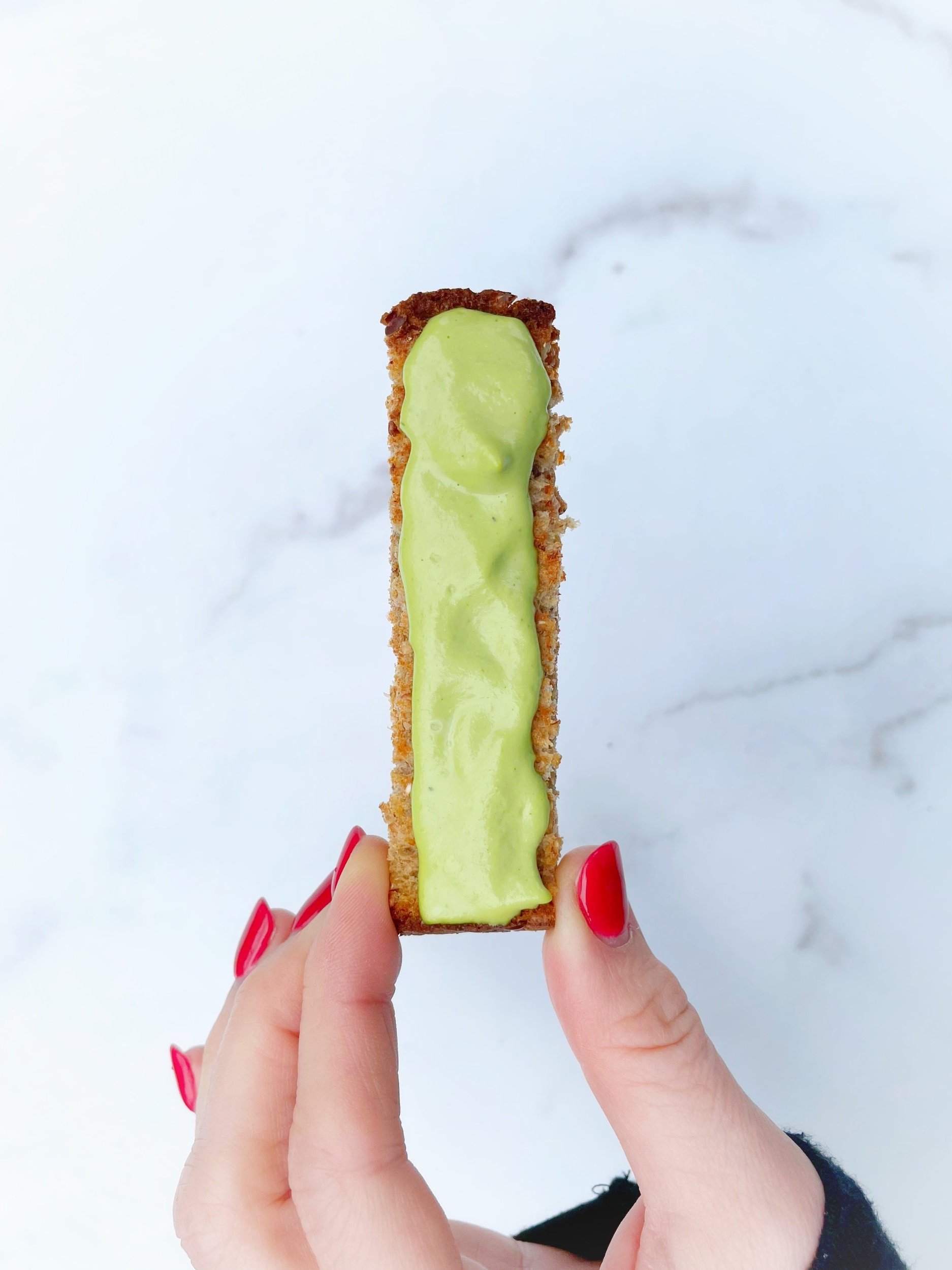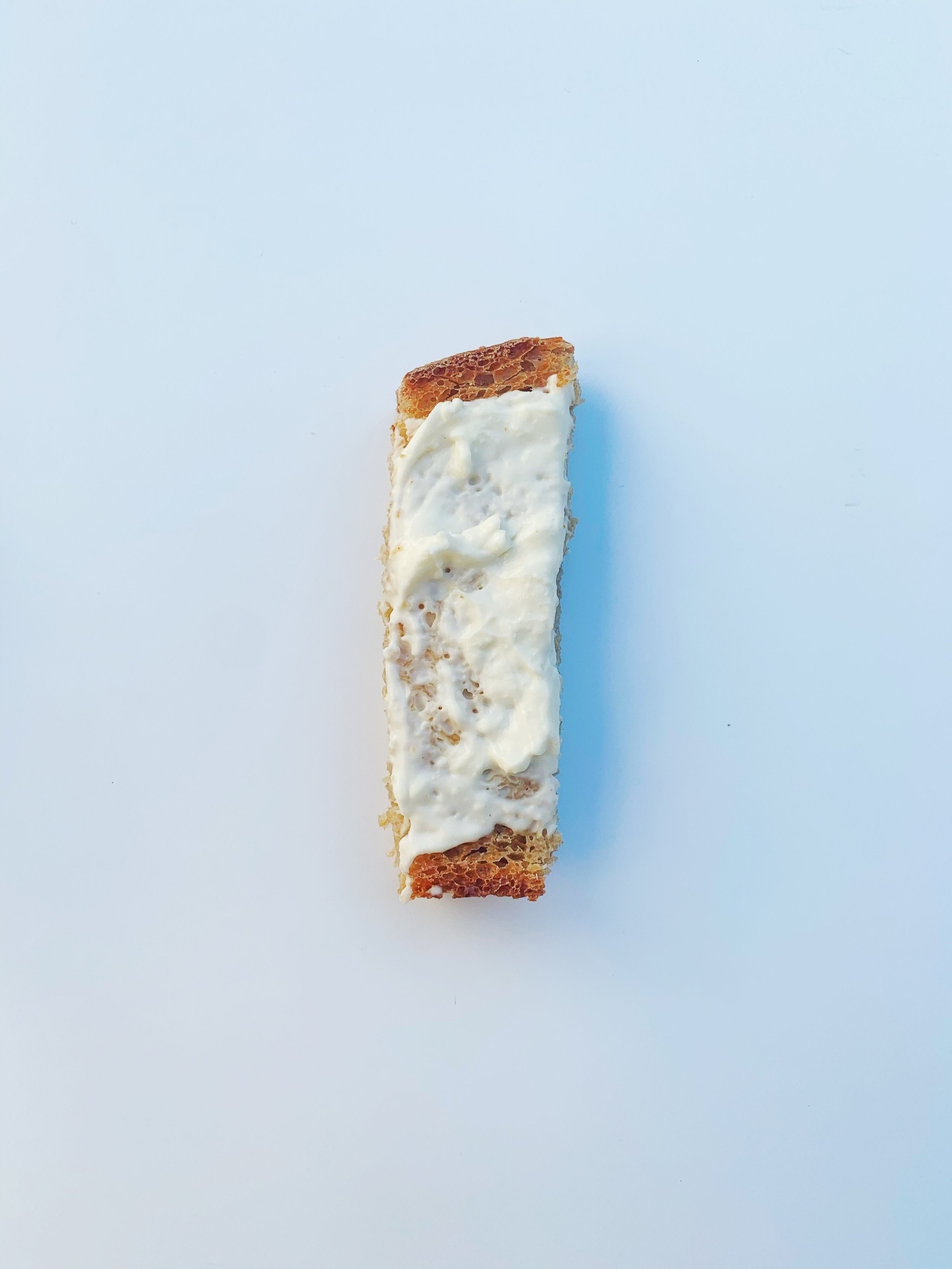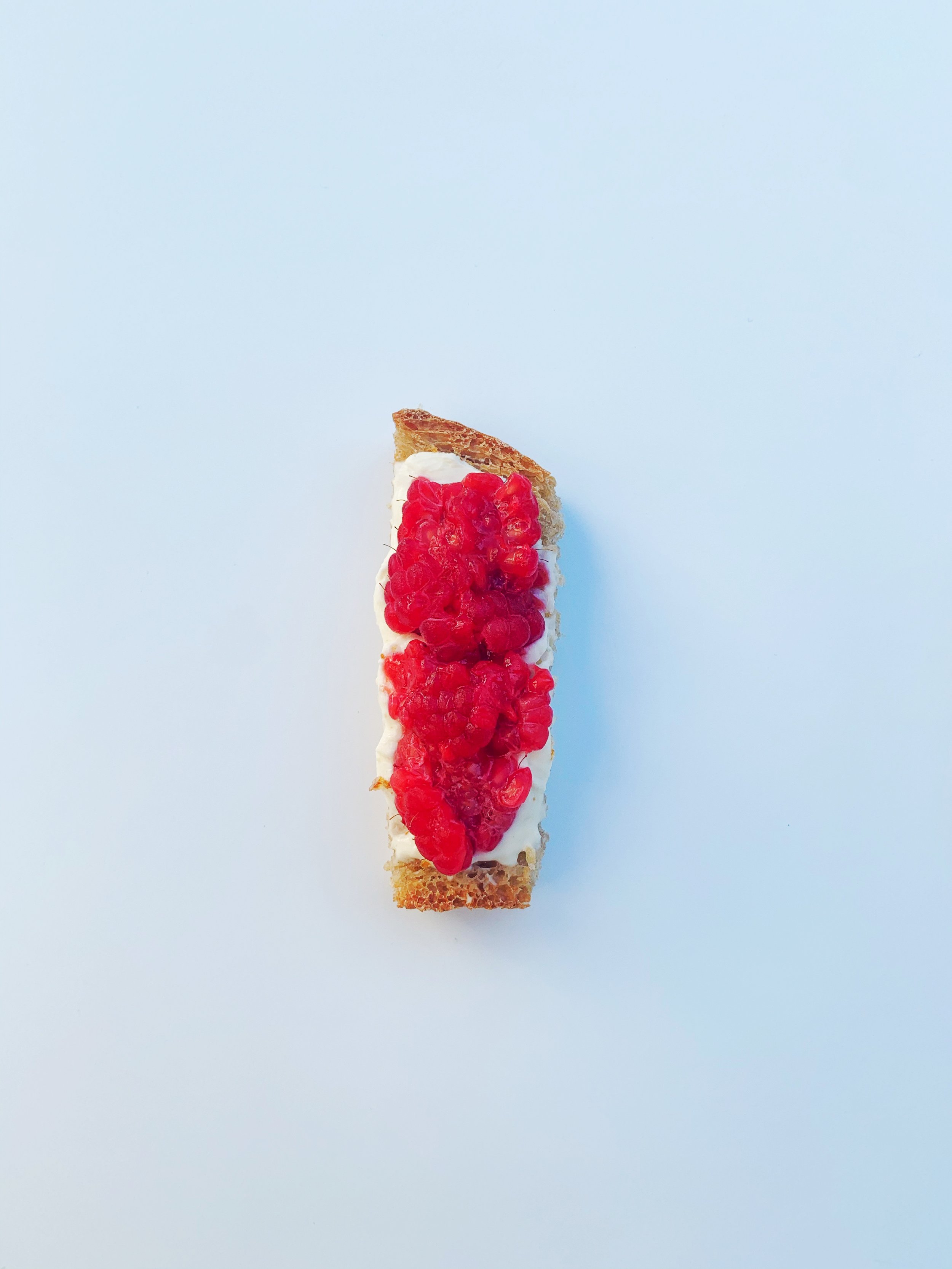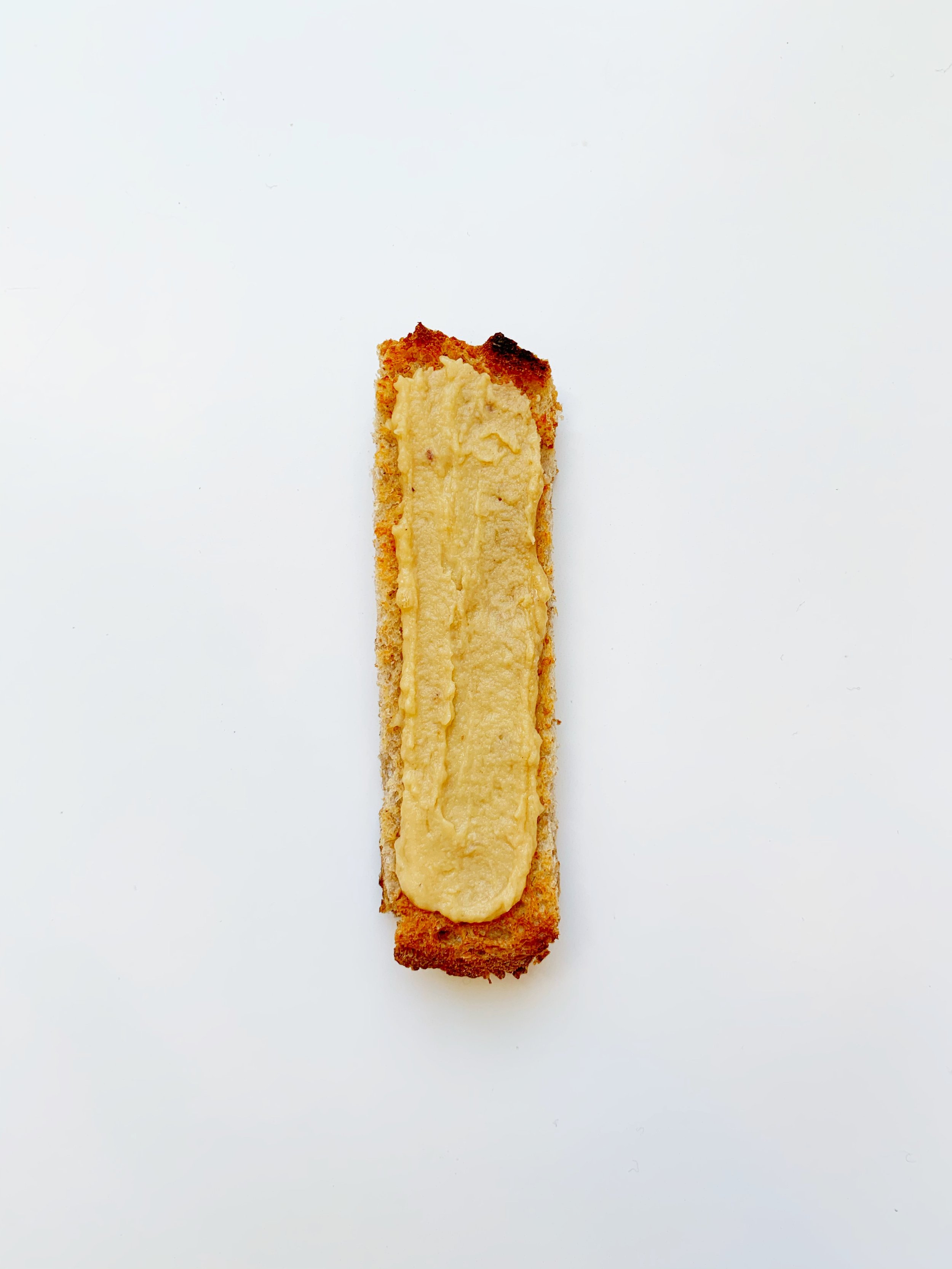Best Breads for Babies During Baby-Led Weaning?
And what is the safest way to serve the best breads for babies?
As you walk down the bread aisle at the grocery store, excited for your baby to start solids and looking for the best possible bread choice, the sheer number of options can be completely overwhelming…
Which type of bread? White or wheat breads? Sprouted? Whole grain? Is honey added to bread safe for a baby or toddler? Which is best for baby-led weaning? Can a baby have sesame seeds and sunflower seeds baked into the bread? Should you toast bread, add a nut butter, serve as a finger food? Yikes!
Bread can be a great early food for babies during baby-led feeding from about 6 months of age, once the baby is showing all the signs of readiness for solid foods. It’s energy-rich and can serve as an early introduction to small amounts of wheat, one of the top nine allergenic foods.
However, one of the most common questions I get from new parents beginning their baby-led feeding journeys is how to serve bread to babies.
Checkout this 12-month old fabulous fellow eating a strip of bread. A thank you to his parents for allowing to share!
Many are nervous about their babies taking large bites of bread and choking; some worry about the composition of the bread, whether to toast it, and how best to serve it. Some have heard the nutrition myth that “babies can’t properly digest grains before the age of two,” which is not the case once babies are about 6 months of age and showing the signs of readiness for solids. Others worry about introducing gluten during infancy, especially for babies at risk for celiac disease (check out the post I’ve linked, if you are concerned).
No matter what foods your baby is eating, it’s always important to be educated on the differences between gagging and choking and what to do in the event of each. This helps reduce stress around food and feeding and also will help you feel confident when offering finger foods to your baby.
With that process behind you, you can focus on how to choose the best breads for your baby and how to serve them during baby-led weaning.
Tips to help you choose the best breads and serve them safely during baby-led feeding:
First, in general, I recommend sticking to whole grain breads for babies. These tend to hold their shape better than white breads and also help babies get used to the flavor of whole grains, which have a generally more robust nutritional profile.
There is no need to remove the crust!
Soft, white breads can also more easily form a gummy ball in the mouth which increases choking risk, so it’s best to choose breads made with at least some whole grains, whenever possible. If a soft white bread is what you happen to have, you can always tear it into tiny pieces before serving.
In general, lightly toasting bread helps keep it from falling apart into a mushy mess in a baby’s little hands. It’s best not to toast so much that it becomes very hard and can crack off into pieces, but rather just enough so that it holds its shape and still has a little give.
When serving, it’s helpful to cut the lightly toasted bread into strips about the size of two adult fingers. Strips often work well during baby-led weaning regardless of whether babies are using a palmar or pincer grasp to pick up food, however some parents find that their babies do better when toast strips are cut into small pieces, once babies develop a pincer grasp.
Bread can also be a helpful vehicle for a variety of nutritious spreads, and spreading on a thin layer of nutritious spread such as mashed avocado, hummus, bean dip, or nut/seed butter helps boost the nutrient content of the meal. Spreads also make it easier to offer a more balanced combination of foods and they moisten the bread, making it easier for a baby to swallow and move about inside the mouth. Further, spreads even offer the potential for exposures to interesting new textures and flavors that babies can easily self-feed. And strips of toast with a thin layer of nut or seed butter are a great way to offer top allergenic foods in a baby-friendly form, such as peanut butter, tahini (sesame seed paste) and almond butter, as well as other top allergenic foods like soft dairy cheeses. This is especially important, as new research shows that offering top allergenic foods early and often during infancy can help reduce the risk of food allergies.
On the other hand, excess sodium and added sugars (most importantly, honey) are ingredients that we want to avoid in breads for babies. A good rule of thumb is to look for breads with less than 200 mg sodium per slice and as few grams of added sugar as possible. If honey is listed as an ingredient, that bread is a no-go for babies under 12 months.
If you have a babe who has a knack for turning bread and toast into a mushy mess in his or her hands, try offering the heel of a loaf of peasant bread like the one pictured below. Babies can gnaw and nibble on the hearty piece of bread throughout the course of a meal without it falling apart.
What about other added ingredients like pumpkin seeds, whole oats, raisins, honey, etc. Are these safe for babies?
A table of ingredients that will make it easier to find the best breads for babies and toddlers:
*Increases choking risk
**Note that when a baby is given wheat for the first time, offer it in small amounts either alone or along with foods the baby has had and tolerated before, omitting any other potential allergens the baby has not already eaten, and monitor for a couple of hours for any potential allergic reaction. After the baby has had wheat a few times without problems, it’s fine to introduce it in bread along with other top allergenic foods the baby has had and tolerated before and that are typically found in bread - like eggs and milk.
***Some texture in breads, such as chia seeds, hemp hearts, and oats can help a baby become more accepting of differently textured foods as the baby gets older.
It may be hard to find a bread that checks all your boxes. If you can’t find one that’s just right, it’s okay!
The most important things to avoid are any known choking risks like whole seeds or large pieces of nuts, and honey due to the risk of infant botulism.
That being said, here are my top three favorite breads for babies!
Food for Life Ezekiel 4:9 Low Sodium Sprouted Whole Grain Bread (Love that this sprouted whole grain bread has 0 mg of sodium and no added sugar! Look for it in the freezer section)
Angelic Bakehouse Sprouted Whole Grain Bread (Love this low-added-sugar mash-up of different whole grains, including wheat berries, quinoa, millet, oat groats, barley, rye berries, and amaranth).
Dave’s Killer 100% Whole Wheat Bread (I wish this bread were a little lower in added sugars, but it’s made with whole grains, very nutrient-rich, yummy and has no large seeds)
Enjoy all the wonderful exploration that’s sure to accompany bread introduction!
If you’re getting ready to start your baby on solids, download my FREE Baby-Led Feeding Essential Checklist to make sure you have everything you need to get started. You might also want to check out my new online course for parents, based on my best-selling book which will walk you through the whole process of starting solids using a baby-led approach.
Alternatively, if your baby is almost ready to start solids and you’re looking for someone you trust to map out the entire first 12 weeks of your baby’s solid food feeding journey, check out my new Safe & Simple 12 Week Meal Plan! Over 30 recipes, weekly shopping lists, tons of balanced baby meals, a complete plan for top allergen introduction, & lots of guidance (with photos) on how to safely serve each food.
Big thanks to my dietetic intern, Annie Hanes for her contributions to this blog post!















